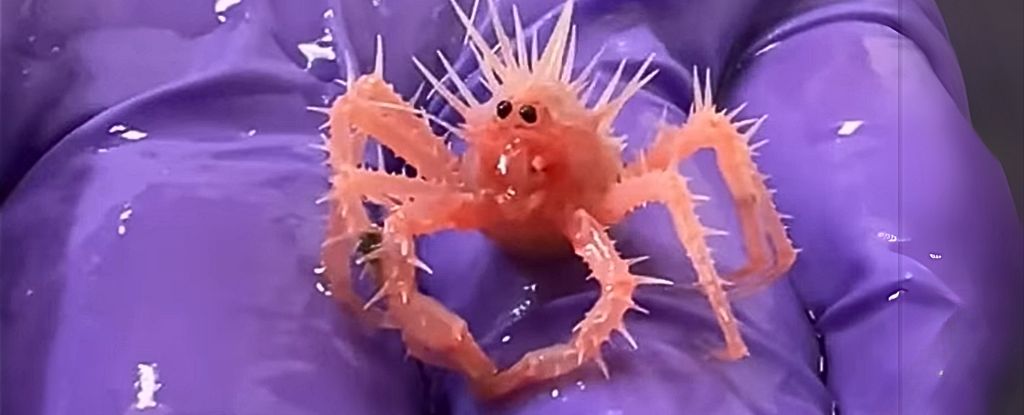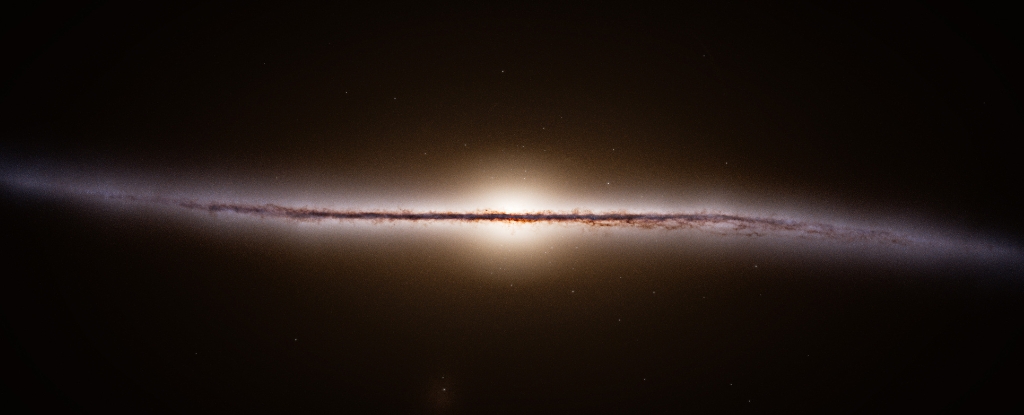Oxygen, the molecule that supports intelligent life as we know it, is largely made by plants. Whether underwater or on land, they do this by photosynthesising carbon dioxide.
However, a recent study demonstrates that oxygen may be produced without the need for life at depths where light cannot reach.
The authors of a recent publication in Nature Geoscience were collecting samples from deep ocean sediments to determine the rate of oxygen consumption at the seafloor through things like organisms or sediments that can react with oxygen.
But in several of their experiments, they actually found oxygen was increasing as opposed to decreasing as they would have expected. This left them questioning how this oxygen was being produced.
They found that this “dark” oxygen production at the seafloor seems to only happen in the presence of mineral concentrates called polymetallic nodules and deposits of metals called metalliferous sediments.
The authors think the nodules have the right mixture of metals and are densely packed enough for an electrical current to pass through for electrolysis, creating enough energy to separate the hydrogen (H) and oxygen (O) from water (H₂O).
The authors also suggested that the amount of oxygen created may fluctuate depending on the number and mixture of nodules on the ocean floor.
This research team was trying to understand the implications of mining metals from the deep-sea floor such as lithium, cobalt or copper, funded by an extractions company in an effort to ensure deep sea mining leads to a net benefit to humanity and the Earth system.
Lithium and cobalt are used, for example, to make rechargeable batteries for mobile phones, laptops and electric vehicles. Copper is vital for electrical wiring in devices like TVs and radios and for roofing and plumbing.
The investigation was focused on the Clarion-Clipperton zone of the Pacific Ocean, a vast plain between Hawaii and Mexico where millions of tons of these metals have been found. However, scientists believe mining on this scale is potentially unpredictable and can destroy habitats vital to ocean ecosystems.
Deep-sea mining can also introduce harmful sediment plumes to fragile ecosystems leading to a growing number of countries calling for a moratorium.
Dark oxygen for life
The implications for this finding may also play a role in life elsewhere.
Oxygen is essential to complex life as we know it. Complex life has evolved and expanded alongside photosynthesisers, which actually produce oxygen as a waste product. Yet this oxygen allows organisms’ metabolisms to be much more efficient than without it.
Without photosynthetic bacteria, the reliance that Earth’s life has on oxygen may well have never happened, in addition to the evolutionary pathway to biodiversity as we know it.
But this study shows that rich-nodules on the seafloor may have provided an additional source of oxygen to the biosphere – the zone of life on Earth encompassing all living organisms.
We can’t understand how these nodules may have affected evolution until we understand more about how they formed deeper in time. At the moment, all we really know it that we these nodules would have needed oxygen themselves to form.
Studies like this show how much the origin of life on Earth is still a mystery.![]()
Lewis Alcott, Lecturer in Geochemistry, University of Bristol
This article is republished from The Conversation under a Creative Commons license. Read the original article.





